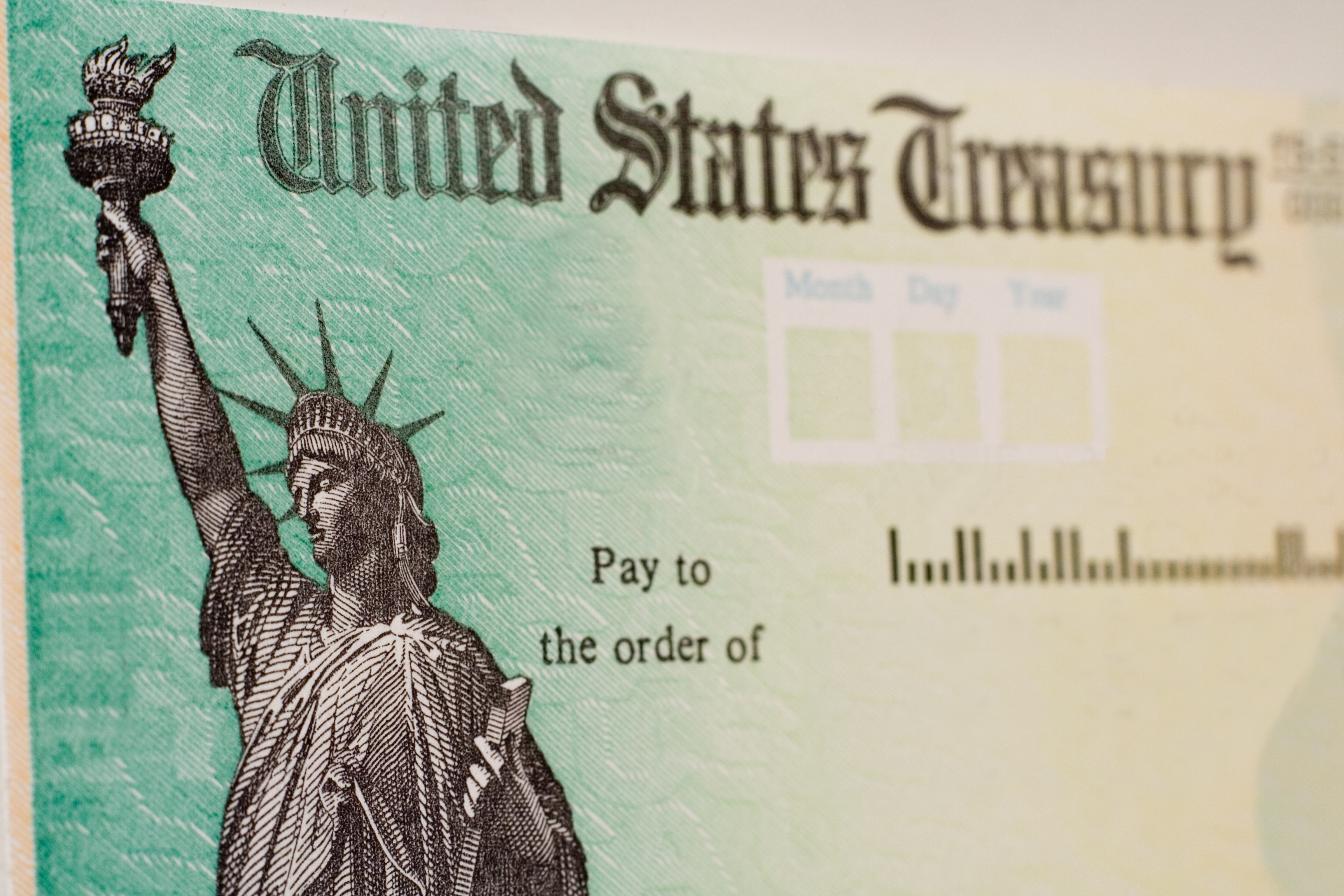4 Ways to Beat Your Investing Biases
Discover how a trusted friend and a diary can make you a better investor.

Every group with a sense of its own identity shares a folklore—a system of common beliefs, rooted in human biases, that governs its behavior and shapes its worldview. The denizens of Wall Street are no exception, and their implicit beliefs and assumptions tend to shape investing behavior. But new research from State Street’s Center for Applied Research suggests that the folklore is flawed and can lead investors to make unhealthy decisions.
Start with the folklore that centers on time, says Suzanne Duncan, the CAR’s global head of research. Investors tend to manage money and evaluate success assuming too short a time frame—often just one year—when a decades-long perspective would make more sense. Plus, we tend to give a lot of weight to past performance, even though it’s a poor indicator of future results, and to future forecasts, despite their abysmal track record.
Some investing folklore causes us to take “false comfort” in easily quantified benchmarks. When center researchers asked investors how they measured success, the researchers expected to hear about achieving long-term goals. Instead, participants talked about beating the market and posting gains with no losses—measures that were either impossible or irrelevant to meeting their personal goals, says Duncan.

Sign up for Kiplinger’s Free E-Newsletters
Profit and prosper with the best of expert advice on investing, taxes, retirement, personal finance and more - straight to your e-mail.
Profit and prosper with the best of expert advice - straight to your e-mail.
The folklore of knowledge relates to a subconscious faith in what we think we know. For example, professional portfolio managers tend to take credit for successful investments and blame the duds on external factors—the market, say, or incompetent company executives. Individual investors are merely overconfident. Nearly two-thirds of those polled by center researchers rated their level of financial sophistication as advanced, but they scored an average of 61%, or barely above failing, on a financial literacy test.
Change Your Behavior
It’s time for a new folklore, says Duncan. The first step is to become aware of the behavioral biases that plague us as investors so that we can identify our weaknesses (you can take the center’s quiz yourself). The next step is to change behavior, and Duncan’s group has a host of recommendations:
1. Incorporate a devil’s advocate into your decision-making process to avoid falling victim to groupthink. Draft a friend, family member or colleague; it needn’t be the same person every time.
2. Keep a diary of your investment decisions so you can track what ultimately led to success or failure.
3. Develop a trading discipline with rules for buying or selling. A checklist for each investment decision will ensure you cover every angle and stick to your process.
4. Tweak your asset allocation to suit your own psychological tendencies (or work with an adviser who will help you do so). Investors who cut and run in the face of losses might need less exposure to volatile investments, for instance, even if it means sacrificing some gains. Duncan envisions future target-date funds that will be shaped as much by behavioral factors as by demographic considerations such as age or number of years to retirement.
Most important, we need to start measuring performance in a personalized way, based not only on how much a portfolio beats the market or its peers, but also on how well it meets our needs, whether for income, downside protection or simply to fund our initial investment goal. The folklore of finance will change only when we start benchmarking performance to the individual investor, and not to the S&P 500.
Get Kiplinger Today newsletter — free
Profit and prosper with the best of Kiplinger's advice on investing, taxes, retirement, personal finance and much more. Delivered daily. Enter your email in the box and click Sign Me Up.

Anne Kates Smith brings Wall Street to Main Street, with decades of experience covering investments and personal finance for real people trying to navigate fast-changing markets, preserve financial security or plan for the future. She oversees the magazine's investing coverage, authors Kiplinger’s biannual stock-market outlooks and writes the "Your Mind and Your Money" column, a take on behavioral finance and how investors can get out of their own way. Smith began her journalism career as a writer and columnist for USA Today. Prior to joining Kiplinger, she was a senior editor at U.S. News & World Report and a contributing columnist for TheStreet. Smith is a graduate of St. John's College in Annapolis, Md., the third-oldest college in America.
-
 AI Heads to Washington
AI Heads to WashingtonThe Kiplinger Letter There’s big opportunity for AI tools that analyze MRIs and other medical images. But also big challenges that clinicians and companies will have to overcome.
By John Miley
-
 Ask the Editor: Questions on Amended Returns and Property
Ask the Editor: Questions on Amended Returns and PropertyAsk the Editor: Taxes, April 18, 2025 — Joy Taylor, The Kiplinger Tax Letter Editor, answers questions on amended returns, property and deductions.
By Joy Taylor
-
 How I'm Going to Invest My Mega Millions Lottery Jackpot
How I'm Going to Invest My Mega Millions Lottery JackpotThe odds of winning the Mega Millions lottery are effectively zero, but here's how I'm investing my fortune should I hit the jackpot.
By Dan Burrows
-
 Bond Basics: Zero-Coupon Bonds
Bond Basics: Zero-Coupon Bondsinvesting These investments are attractive only to a select few. Find out if they're right for you.
By Donna LeValley
-
 Bond Basics: How to Reduce the Risks
Bond Basics: How to Reduce the Risksinvesting Bonds have risks you won't find in other types of investments. Find out how to spot risky bonds and how to avoid them.
By the editors of Kiplinger's Personal Finance
-
 What's the Difference Between a Bond's Price and Value?
What's the Difference Between a Bond's Price and Value?bonds Bonds are complex. Learning about how to trade them is as important as why to trade them.
By Donna LeValley
-
 Bond Basics: U.S. Agency Bonds
Bond Basics: U.S. Agency Bondsinvesting These investments are close enough to government bonds in terms of safety, but make sure you're aware of the risks.
By Donna LeValley
-
 Bond Ratings and What They Mean
Bond Ratings and What They Meaninvesting Bond ratings measure the creditworthiness of your bond issuer. Understanding bond ratings can help you limit your risk and maximize your yield.
By Donna LeValley
-
 Bond Basics: U.S. Savings Bonds
Bond Basics: U.S. Savings Bondsinvesting U.S. savings bonds are a tax-advantaged way to save for higher education.
By Donna LeValley
-
 Bond Basics: Treasuries
Bond Basics: Treasuriesinvesting Understand the different types of U.S. treasuries and how they work.
By Donna LeValley